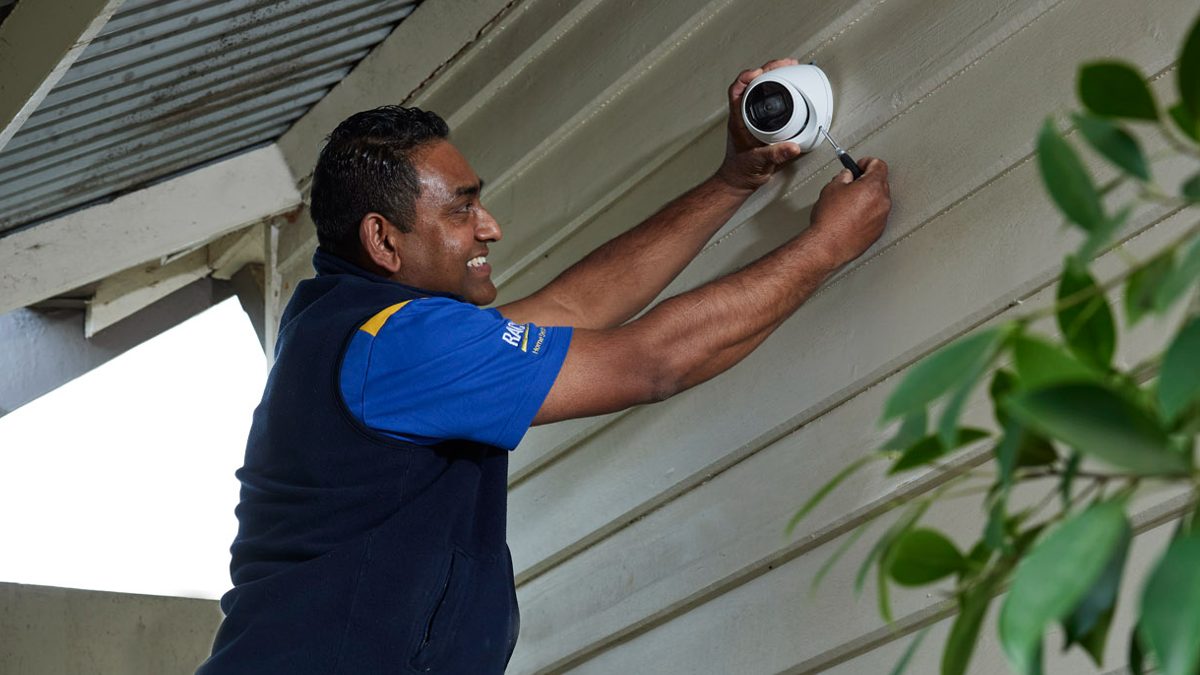When accidents occur, having RACV Renters Insurance can help alleviate the financial pressures of having to replace your possessions - or find somewhere else to live.
Renting rules in Victoria: what you can and can’t do as a renter

Legislation gives renters certain freedoms to stamp their personality on rental properties. Here’s what you can and can't do as a renter.
Amendments to the Residential Tenancies Act in March 2021 outlined that renters can now make certain changes to the rental property without permission – as long as the property can be returned to its original state when they leave. That means that any home decor updates must either be reversed before the renter vacates the property, or the renter must pay the landlord the cost of doing so.
Plus, while you’ll need the landlord’s permission for certain other changes, like painting the walls, creating a vegetable garden or personally installing a wireless home security system, the owner cannot unreasonably refuse the request.
No matter what you have in mind, it’s important to read your rental agreement carefully, keep an open and cordial relationship with your landlord, and consider covering your belongings with renters insurance.
Nine changes renters can make without the landlord’s permission
Renters can make the following modifications without permission from the rental provider, but these changes cannot be permanent.

Renters can have shelves installed. All images: RACV

Renters can have security lights, CCTV or alarms installed as long as they aren't hard-wired. Seek permission if the system needs professional installation.
Eight changes renters can make with the landlord’s permission
A renter must get the rental provider’s consent to make the following modifications, but the request cannot be unreasonably refused.

Renters can paint walls with their landlord's permission.

Renters can install additional security like a new front gate with their landlord's permission.
The information provided is general advice only. Before making any decisions please consider your own circumstances and the Product Disclosure Statement and Target Market Determinations. For copies, visit racv.com.au. As distributor, RACV Insurance Services Pty Ltd AFS Licence No. 230039 receives commission for each policy sold or renewed. Product(s) issued by Insurance Manufacturers of Australia Pty Ltd ABN 93 004 208 084 AFS Licence No. 227678.


